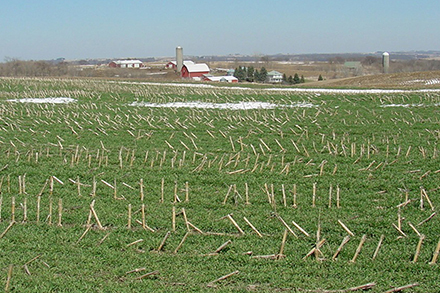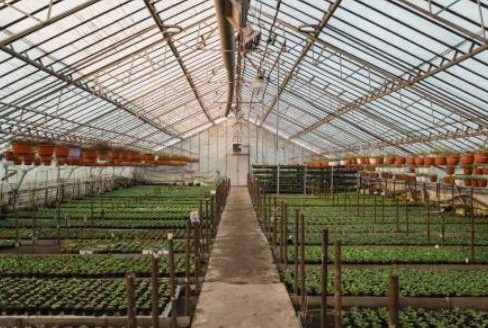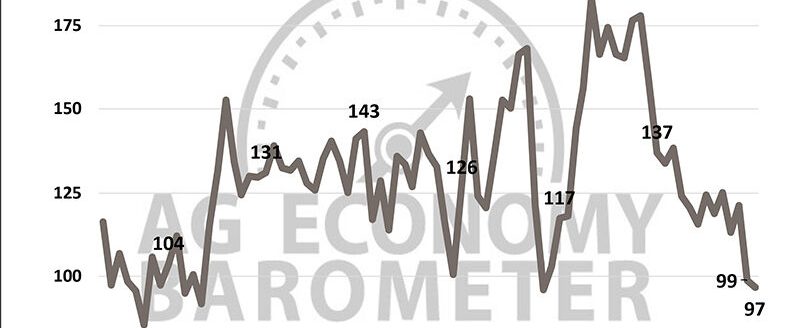Harvest season can be hectic, but it is well worth taking the time to consider safety when operating grain handling equipment. Hazards abound when handling grain, such as equipment entanglement, grain entrapment and engulfment and dust explosions, among others.
Agricultural confined-space related cases of injuries and fatalities saw a dramatic rise in 2022, including grain entrapment cases that rose nearly 45%, based on Purdue University’s annual report. Iowa had more cases of grain entrapment than any other state at nine total in 2022.
Nearly all of these cases involved grain flow issues due to grain spoilage, which means that improved grain management could prevent cases in the future. This series aims to provide useful information to help farmers keep their grain in good condition and keep them and their families safe around grain.
This fall, lower your risk of injury by using a safety checklist.
- Check that all exposed moving machinery parts have guards, shields or cages installed and are in good condition to prevent entanglement, including auger flighting, conveyers, belts and power-take-off components.
- Don’t wear loose or baggy clothing, tie back hair and remove dangling drawstrings and jewelry that could get pulled into moving parts.
- Lock-out the power to augers, conveyers, belts and PTO components before performing maintenance or replacing parts so they can’t be accidentally turned on.
- Stay clear of flowing grain, which can trap a person knee-deep in a few seconds and can completely submerge them in less than 20 seconds.
- Work from outside of the bin whenever possible and use the buddy system and safe bin entry procedures when a bin must be entered.
- Check that everyone knows how to de-energize grain loading and unloading equipment and lock-out the power sources so that grain moving equipment can’t be turned on while someone is inside of a bin.
- Use hazard signage and teach kids and unexperienced people to stay out of stored grain, including bins, piles and grain transport vehicles.
- Keep the grain vacuum nozzle away from the area below your feet and keep an eye on the angle of the grain surface as you are removing grain. To prevent grain flow, the grain angle should be less than the grain’s angle of repose, which is around 21 degrees for corn and 23 degrees for soybeans.
- Check that fire extinguishers are easily accessible at the grain storage site. Grain handling facilities naturally collect dust, which can lead to explosions given the right conditions.
- Clean off dust accumulated in grain legs, elevators, service bearings, belts and motors regularly. Just a paper-thick layer of dust is combustible in a confined space. Overheated equipment parts or static electricity can be an ignition source.
- Recheck combine settings as grain condition changes to reduce kernel damage and collection of fines and trash. Dry conditions across Iowa may cause overly dry and brittle grain or uneven conditions across farms, making regular combine adjustments important.
- If excess fines and broken kernels are collected, either clean the grain before it goes into the bin or core the bin multiple times during filling to remove fines accumulated in the center of the bin. Removing the center core of fines and broken grain will improve aeration in the bin and reduce the risk of grain spoilage and unloading issues down the road.




